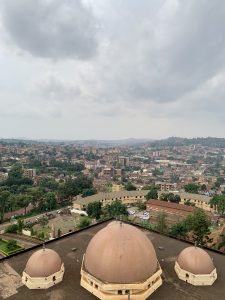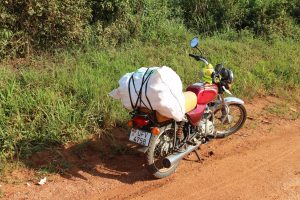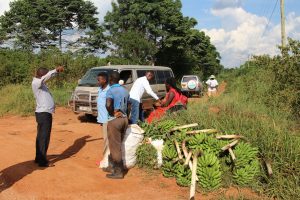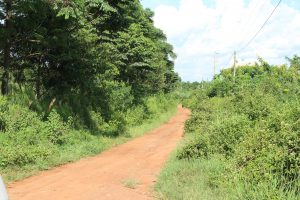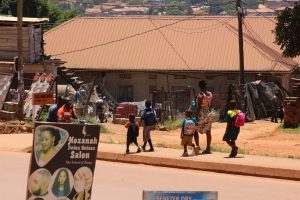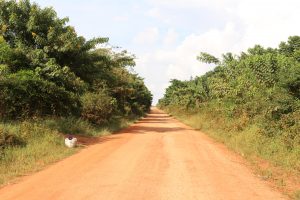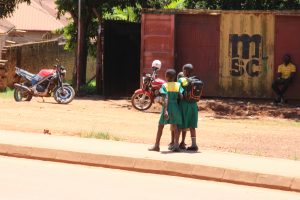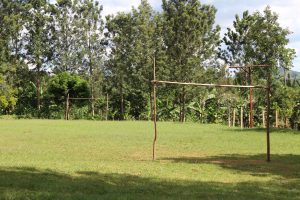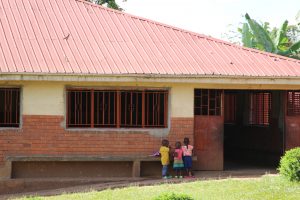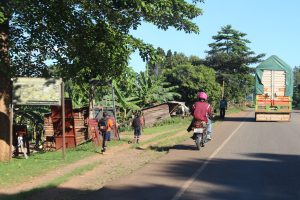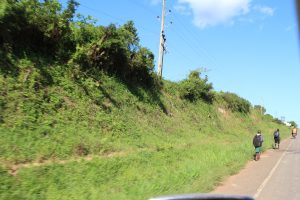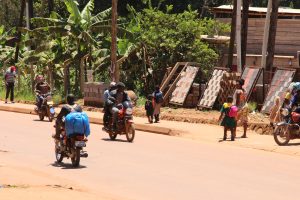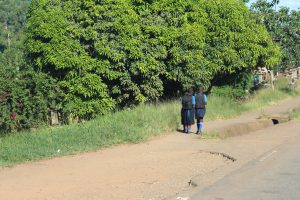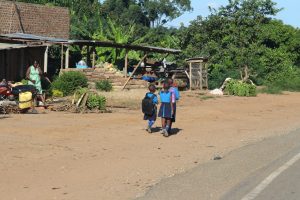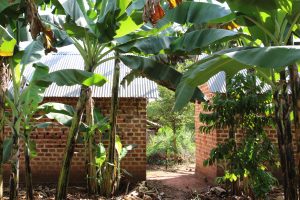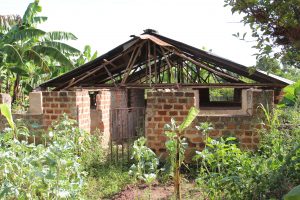Uganda Country Profile and Educational Context
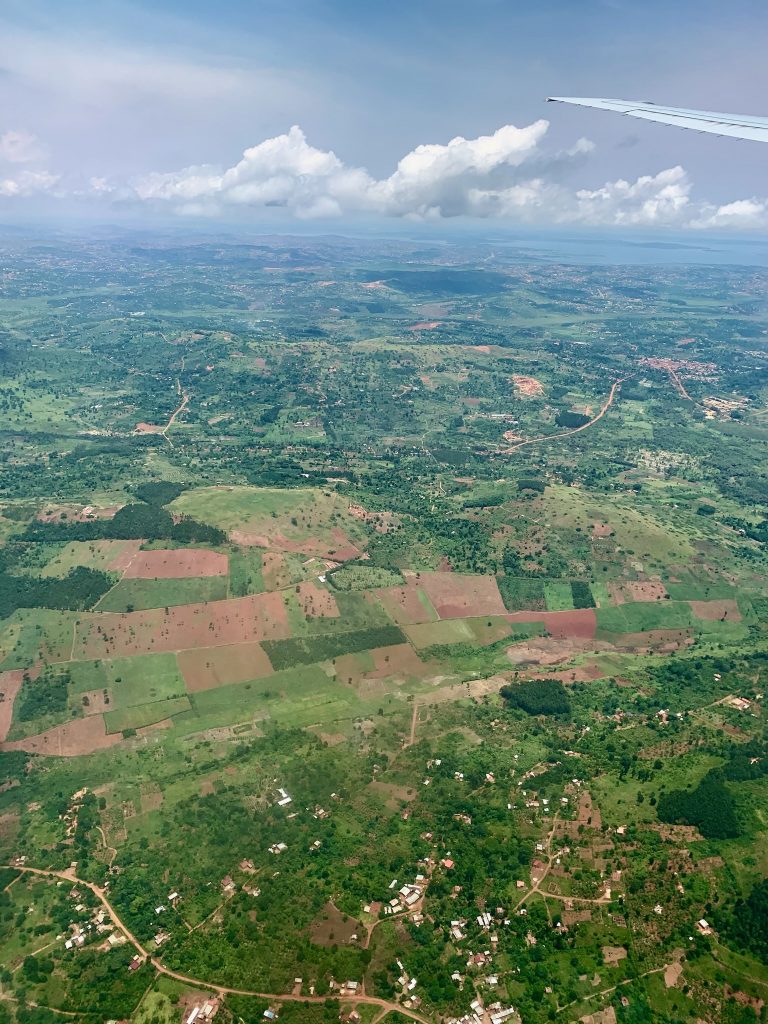
Uganda is located in East Africa and is home to approximately 47 million people. Due to its remarkable biodiversity, the country was once referred to by Winston Churchill as "the Pearl of Africa." Its landscape includes vast savannahs, rainforests, and Lake Victoria in the southeast - the largest lake in Africa. To the west lies Mount Stanley, the third-highest mountain on the continent. Uganda is also home to a significant population of endangered mountain gorillas, many of which live in protected regions across the country.
Since gaining independence from British colonial rule in 1962, Uganda has experienced a range of political and economic developments. However, challenges remain - particularly in the areas of poverty reduction, education, and infrastructure. The country’s GDP per capita is around 1,100 US dollars per year, and a large portion of the population lives below the poverty line.
The education sector in particular faces structural difficulties.While attending public primary and secondary schools is officially free, existing resources are often insufficient to provide all children with consistent access to quality education. Classes are frequently overcrowded, essential materials are lacking, and many school buildings are in poor condition or do not exist. In some areas, classes take place outdoors or in makeshift shelters.
A shortage of qualified teachers is another major issue. This is especially true in remote areas, where it is difficult to recruit and retain staff due to challenging working conditions and low pay. Even small expenses for school supplies or examination fees can be an obstacle for many families. It is not uncommon for children to leave school early to help at home or in the fields. The literacy rate is about 80 percent, and nearly half the population is under the age of 15, placing additional pressure on the education system. Life expectancy in Uganda is under 60 years.
Access to education is especially limited in rural areas. The journey to school can be long and unsafe, and local infrastructure is often inadequate to create stable learning conditions. At the same time, there are many committed teachers, parents, and community initiatives who work hard to improve the situation. The planned school campus seeks to build on these existing efforts. The goal is to support education where it is most needed and to work together with local communities to create structures that are sustainable over the long term.
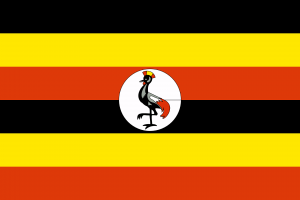
Vocational education plays a central role in Uganda, especially for young people who cannot pursue university studies. Technical and Vocational Education and Training (TVET), commonly referred to as vocational schools, provide practical skills in areas such as agriculture, trades, construction, electrical work, and various service sectors. These training opportunities are particularly important because many young people have no access to academic education after secondary school.
Vocational education not only enhances individual employability but also contributes to economic development at the community level. By equipping young people with skills that are in demand in the local economy, it enables them to work independently, start small businesses, or find employment in existing enterprises. This is especially valuable in rural areas, where formal jobs are often limited.
In 2016, the higher education enrollment rate in Uganda stood at just 4.76 percent, highlighting the fact that only a small portion of young people have access to university education. For the majority, vocational training offers a critical pathway to earning a livelihood, becoming self-reliant, and often supporting their families. Studies have shown that graduates of vocational programs achieve higher employment rates and income levels. Many of these programs are closely aligned with the needs of the local economy, further enhancing their impact. Vocational schools not only improve individual opportunities but also contribute to the broader development of their communities.
In addition, many vocational schools offer life skills training to help students make informed decisions and lead productive lives. These programs include topics such as health, entrepreneurship, and environmental awareness. Overall, vocational education in Uganda is a key element in equipping young people with practical skills that help them support their families and contribute to local development.
The planned school campus will also place a special emphasis on vocational training. Supplementary, practice-oriented courses are planned for students in addition to their regular classes. These offerings will focus on developing practical skills in areas such as agriculture, crafts, or basic service professions.

